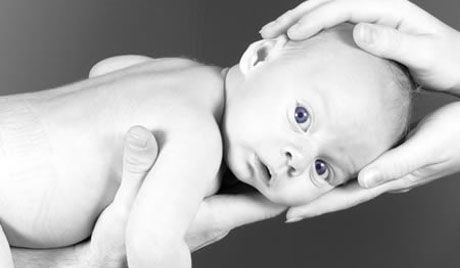New publications
Norway tops the ranking of maternal well-being
Last reviewed: 01.07.2025

All iLive content is medically reviewed or fact checked to ensure as much factual accuracy as possible.
We have strict sourcing guidelines and only link to reputable media sites, academic research institutions and, whenever possible, medically peer reviewed studies. Note that the numbers in parentheses ([1], [2], etc.) are clickable links to these studies.
If you feel that any of our content is inaccurate, out-of-date, or otherwise questionable, please select it and press Ctrl + Enter.
Save the Children has released its annual report, State of the World's Mothers, and once again the data it provides about the world's wealthiest country is less than inspiring.
The United States ranked 25th on the list, just behind the Belarusian dictatorship, due to alarming levels of pregnancy-related deaths and low levels of child care.

In 2012, Norway took first place in the maternal welfare ranking. This country has held the top spot in the global welfare ranking for several years in a row and shows unusual generosity towards new parents. After the birth of a child, both parents are entitled to two weeks of paid leave. After that, they can extend the maternity leave for 46 weeks, keeping their full salary, or 56 weeks with 80% of the average salary, and this time must be divided between the two parents. In order to ensure active participation of fathers, the government requires that at least 10 of these weeks be used by the baby's father. Before this law, only 3% of fathers in Norway took paternity leave to care for a child. Currently, 90% of fathers take at least 12 weeks of paternity leave, and often even government ministers take several months off to help care for the child in the first year of life.
The Norwegian government provides, among other things, special grants to those families in which one of the parents stays at home until the child turns 2 years old. If they decide to return to work, then young mothers are provided with a 37.5-hour work week, and in addition, 5 weeks of guaranteed leave. This is done in order to slightly ease the burden of working mothers. The birth rate in Norway has decreased somewhat in recent years, but nevertheless, it continues to be one of the highest in Europe.

 [
[